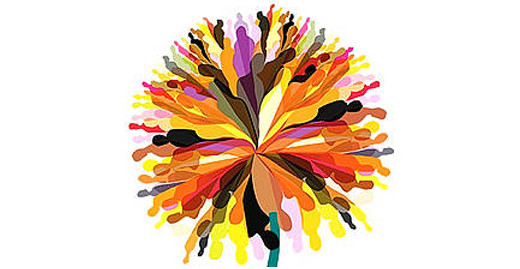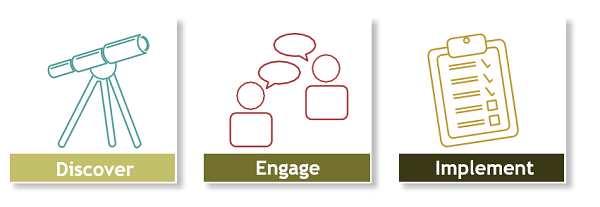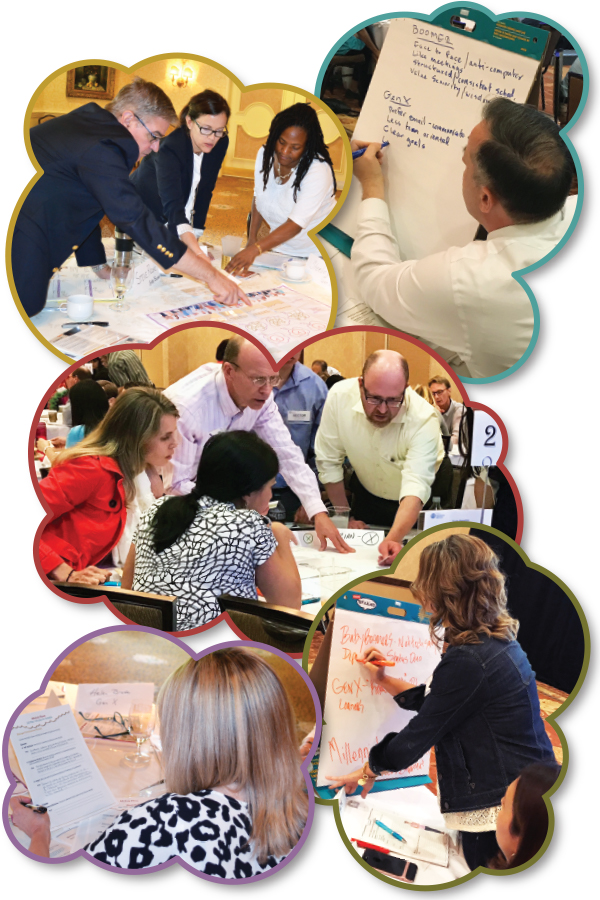
 By Dr. Scena Webb February 9, 2018
By Dr. Scena Webb February 9, 2018
Multi-generational workforce is the new norm that must take center stage for effective leadership. Most organizations have Baby Boomers, Generations X, Y and Z working together. Leaders must understand each of these generational expectations and norms to effectively lead. The work of Ann Bauer, “Multigenerational Workforce,” does a great job of comparing and contrasting values and beliefs of each generation on areas such as education, training, job changing and work-life balance. You may ask yourself, “What’s news about that?” Well, the news is there is something that leaders must also deal with as it pertains to the dynamics of multi-generations—unconscious bias.
As I write this article, my mind goes back to my high school days growing up in Detroit, Michigan where I was exposed to all sorts of people. My training in the United States Navy was a significant factor developing my leadership skills working with others. The years I spent as a K-12 teacher in two high schools in the Detroit Public School system shaped my perceptions about people. This is significant because as my leadership journey continues, my biases influence my leadership style, some conscious and some unconscious.
Leaders who are conscious of their biases have an opportunity to increase their efforts of inclusivity through leadership practices, but what about those leaders who have unconscious biases? The work of Jean Moule, “Understanding Unconscious Bias and Unintentional Racism” highlights that unconscious bias affects all relationships and becoming aware of this improves interactions. This is extremely important for leaders who influence multi-generational workers. For example, studies have been done on the damaging practices of unconscious bias by members of certain affinity groups towards members not a part of the same group. In today’s workforce, effective leadership cannot afford to have unconscious bias affecting the goals of the organization and the cohesiveness of teams within the organization.
 My series this year will focus on ways to attract and retain a multi-generational workforce. Truxillo, Cadiz and Hammer’s work, “Supporting the Aging Workforce: A Review and Recommendations for Workplace Intervention”, is groundbreaking work on aging that can be seen in today’s Baby Boomers that are still in the workplace. The old stereotype that once a person reaches a certain age they will retire is no longer the norm. Leaders who unconsciously hold on to the belief that older workers should retire may be at risk of allowing their bias to come through in leadership practices. There is a real risk of misunderstanding job satisfaction among a multi-generational workforce. Leaders today must develop ways to reward great performance that is real and meaningful to each employee, and understanding generational differences is one way to ensure rewards are meaningful.
My series this year will focus on ways to attract and retain a multi-generational workforce. Truxillo, Cadiz and Hammer’s work, “Supporting the Aging Workforce: A Review and Recommendations for Workplace Intervention”, is groundbreaking work on aging that can be seen in today’s Baby Boomers that are still in the workplace. The old stereotype that once a person reaches a certain age they will retire is no longer the norm. Leaders who unconsciously hold on to the belief that older workers should retire may be at risk of allowing their bias to come through in leadership practices. There is a real risk of misunderstanding job satisfaction among a multi-generational workforce. Leaders today must develop ways to reward great performance that is real and meaningful to each employee, and understanding generational differences is one way to ensure rewards are meaningful.
What is unconscious bias? Experts offer varying definitions. It can be a perception that influences decisionmaking deeply rooted in the mind of a person operating on automatic. It can also be a world-view of a person that is not on a conscious level.
For example, during my years in the military, I noticed some service members received non-judicial punishment differently for the same offense based on whether they were African-American or not. I remember one such instance where both service members failed to obey a lawful order: Article 92 of the Uniformed Code of Military Justice. Logic dictates that since both members failed to obey a lawful order, then both members would receive the same punishment. That was not the case, or at least the intention, until I made the case and interrupted the actions I believed were the result of unconscious bias.
Disparate treatment, such as the example I present, is one result of unconscious bias. Ivan Bodensteiner’s work, “The implications of psychological research related to unconscious discrimination…” does an excellent job highlighting some events which lead to intentional discrimination as a result. Today’s organizations cannot afford to engage in such practices, particularly since this is a historic moment where a multi-generational workforce is so prevalent. The lesson here is that effective leaders must raise their consciousness about unconscious bias while leading organizations today.
Stay tuned for future articles in this year’s series on multi-generations in the workplace and the need to reduce unconscious bias in leadership practices. I will delve into implicit bias and it’s scientific foundations, unconscious bias in employment discrimination, implicit discrimination, unconscious bias in leadership practices and the like in an effort to help leaders increase awareness. The differences in values and expectations of a multi-generational workforce demands the ability for exceptional leadership that is aware and aligned with leadership styles inclusive of others and fitting for a global world.



